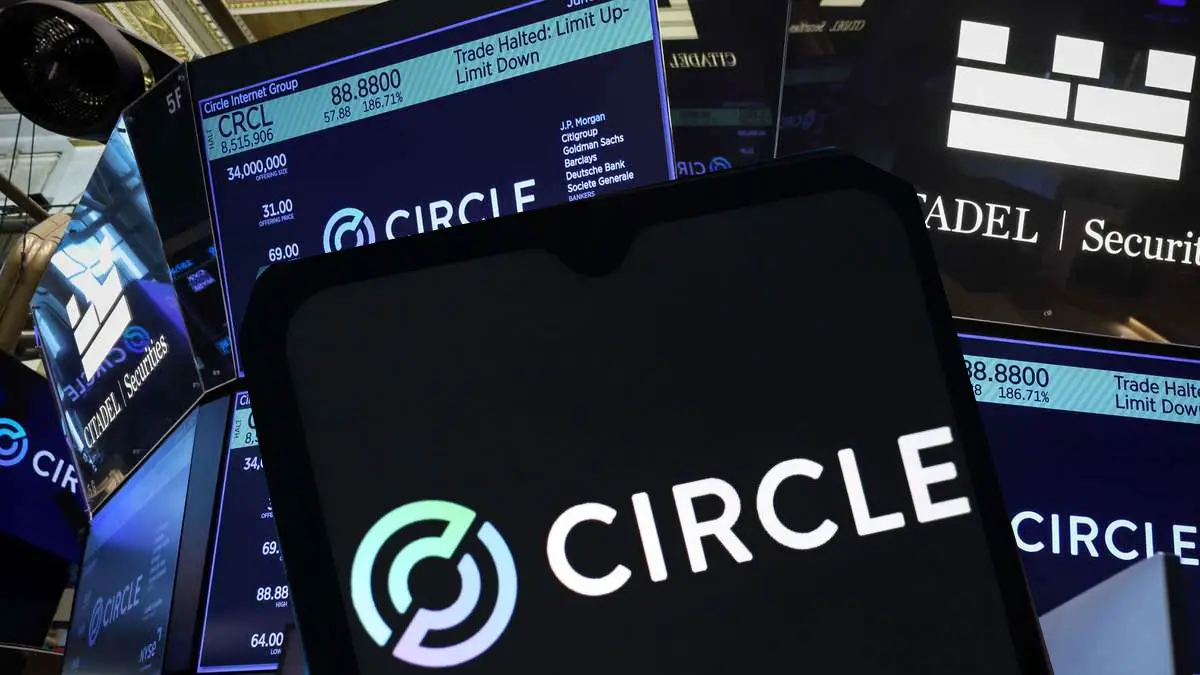Circle Files for National Trust Charter: A Bold Move to Solidify USDC’s Role in Traditional Finance
Circle, the fintech firm behind the world’s second-largest stablecoin USDC, has taken a significant step toward embedding itself in the U.S. financial system. On June 30, 2025, the company submitted a formal application to the Office of the Comptroller of the Currency (OCC) to establish a national trust bank under the name First National Digital Currency Bank, N.A. If granted, this charter would give Circle federal oversight to manage its $61.9 billion USDC reserve assets directly and provide institutional-grade digital asset custody solutions.
At the helm of this initiative is Circle CEO Jeremy Allaire, who emphasizes that this move is part of a long-term strategy to align USDC with evolving U.S. stablecoin regulation, boost institutional confidence, and build a foundation for internet-native finance rooted in trust and transparency.
Why a National Trust Charter?
Circle’s move to establish a national trust bank comes at a crucial time, both for the company and the broader stablecoin sector. While USDC already operates with notable transparency—reserves are audited and primarily held in short-term U.S. Treasuries and cash at BNY Mellon and managed by BlackRock—Circle currently relies on third-party custodians. That model is functional but still dependent on intermediary risk.
By becoming its own federally chartered trust bank, Circle would:
- Gain direct regulatory oversight from the OCC
- Custody USDC reserves in-house, eliminating third-party reliance
- Improve resilience during financial stress events, such as regional bank failures
- Strengthen compliance with upcoming federal stablecoin legislation
This approach mimics the structure adopted by Anchorage Digital, currently the only crypto-native firm to secure a similar trust charter, and puts Circle in position to compete more directly with institutions like BNY Mellon and State Street.
Circle and the GENIUS Act: Aligning With U.S. Stablecoin Legislation
The application also signals Circle’s intent to preemptively align with the U.S. GENIUS Act (Guiding and Establishing National Innovation for U.S. Stablecoins Act), which was passed by the Senate on June 17, 2025, and is currently under review in the House of Representatives.
The GENIUS Act lays out clear expectations for stablecoin issuers:
- Reserves must consist of liquid, high-quality assets (such as cash or Treasuries)
- Periodic disclosures and audits are required
- Federal oversight is mandatory for national issuance
Circle’s trust charter application is a proactive step to fully comply with these conditions, offering regulators a framework for safe, secure stablecoin issuance at scale. By doing so, Circle not only de-risks its operations but also positions USDC as the model U.S.-regulated stablecoin, ready for integration with banking institutions, fintech platforms, and even government payment rails.
USDC Reserve Management: Bringing Custody In-House
Currently, Circle’s massive $61.9 billion in USDC reserves are split among custodians like BlackRock (via the Circle Reserve Fund) and BNY Mellon. These funds consist primarily of short-dated U.S. Treasuries, which are liquid and stable, providing a strong peg to the U.S. dollar.
If the trust charter is approved, Circle will become its own custodian, bringing the following advantages:
- Lower counterparty risk
- Real-time reporting control
- Seamless regulatory auditing
- Direct integration with USDC minting and burning operations
This represents a significant move away from dependency on traditional custodians and would help Circle reduce systemic risk during periods of financial instability.
What Will the Trust Bank Do?
Unlike traditional banks, the proposed First National Digital Currency Bank, N.A. will not accept consumer deposits or offer loans. Instead, it will focus exclusively on services tailored for institutional clients and digital asset ecosystems:
🏦 Key Services Offered:
- Custody of digital assets and tokenized securities
- Reserve management for stablecoins
- Liquidity support for large institutional trades
- On-chain and off-chain compliance tooling
Seaport Research Partners suggests that Circle could soon rival big institutional custodians like BNY Mellon, Fidelity, and State Street—especially as demand for tokenized treasuries, bonds, and equities continues to grow.
Circle’s IPO: Fueling Expansion and Confidence
Circle’s momentum doesn’t stop with this charter. On June 5, 2025, Circle launched its long-awaited IPO, which valued the company at $18 billion. The market response was electric: by the end of trading day one, Circle’s stock had tripled—and has since surged by more than 500% in the following weeks.
📊 Analyst Ratings:
- Barclays: Buy, Target Price $210
- Bernstein: Buy, Target Price $195
- Canaccord: Buy, Target Price $200
The optimism stems from a combination of strong regulatory positioning, robust infrastructure, and growing adoption of USDC in both U.S. and global markets.
A Global Regulatory Footprint
Circle’s trust charter push follows several other international regulatory wins:
🌍 Key Global Milestones:
- MiCA-compliant license in the European Union (as an Electronic Money Institution)
- In-principle approval in Abu Dhabi, one of the Gulf’s leading digital asset hubs
- Registration with the UK’s Financial Conduct Authority (FCA)
- VASP (Virtual Asset Service Provider) status in Singapore
Circle’s global compliance approach has helped position USDC as the most transparent and globally integrated stablecoin, competing head-on with Tether (USDT), which faces growing regulatory pressure in several jurisdictions.
CEO Jeremy Allaire: Building an “Internet Financial System”
Circle CEO Jeremy Allaire sees the OCC charter as a transformational move—not just for Circle, but for digital finance as a whole.
“This isn’t about becoming a bank in the traditional sense,” Allaire said. “It’s about laying the foundation for a trustworthy, transparent, and efficient internet financial system.”
He added that the trust bank model would allow Circle to tap into the Federal Reserve’s master account system, making it less reliant on intermediary banks—a lesson many fintech firms learned the hard way after Silicon Valley Bank’s collapse in 2023.
What Happens Next? The Approval Timeline
The OCC follows a structured process for charter applications. Here’s what to expect:
- Public Comment Period (30 days)
- Stakeholders, competitors, and citizens can submit opinions or concerns.
- OCC Review (Up to 120 days)
- The regulator evaluates the financials, risk models, compliance structures, and governance.
- Final Decision
- Approval, rejection, or request for revision.
If approved within the next 4–6 months, Circle could be operating as a national trust bank by early 2026—a milestone that would redefine the role of stablecoins in U.S. finance.
Broader Implications for the Stablecoin Sector
If Circle is successful, it could set the gold standard for regulated stablecoins in the United States.
🔮 Possible Ripple Effects:
- Institutional adoption of USDC could skyrocket, especially in tokenized asset markets
- Other stablecoin issuers (like PayPal or even Tether) may need to follow suit
- Crypto-native firms could seek similar OCC trust charters
- Central bank digital currency (CBDC) discussions may incorporate stablecoin-based infrastructures
Final Thoughts: Circle’s Strategic Evolution
Circle’s application for a national trust charter is more than a compliance maneuver—it’s a visionary move to redefine the boundaries between traditional finance and crypto-native infrastructure.
From managing billions in transparent reserves to shaping the global regulatory playbook, Circle is clearly no longer “just a stablecoin issuer.” It is now one of the most important bridges between decentralized finance and real-world financial systems.
If successful, this move could catapult USDC into the center of dollar-based payment systems, offering institutions a reliable, regulated, and instantly usable stablecoin for everything from payroll to bond settlements.

